Prambanan Temple: A Hindu architectural marvel
Prambanan Temple compound is located on the central Indonesian Island of Java. Built in the 9th century, these structures are decorated with intricate reliefs dedicated to the great Hindu divinities of Shiva, Vishnu and Brahma.
The main temples of Prambanan are surrounded by hundreds of shrines that showcase the skill level of the stonemasons and the architectural building technology that took place in Java from the 8th century. With over 500 temples, the Prambanan Temple Compound represents an architectural and cultural treasure for visitors to explore.

Prambanan is not as well known as the nearby Buddhist temple of Borobudur, nor are they similar in design. When I visited Prambanan, there were not many people, so it was quite nice to walk around in relative solace—this was especially true outside the compound itself. What’s really interesting is that both Prambanan and Borobudur were likely evacuated at the same time, after a massive volcanic eruption in the 10th Century. Between the eruption of Mount Merapi and a massive earthquake a few centuries later, both Prambanan and Borobudur were lost to the ages. Covered in ash and dirt, both monuments likely looked like inconspicuous small mountain bluffs for 100s of years.
It wasn’t until the end of the 19th Century that both temple sites were rediscovered. The Javanese locals in the surrounding villages knew about the temple ruins before formal rediscovery, but they did not know about its historical background: which kingdoms ruled or which king commissioned the construction of the monuments.
The temples attracted international attention in the early part of the 19th century. In 1811 during a short-lived British occupation, a Dutch surveyor in the service of Sir Thomas Stamford Raffles, came upon the temples by chance. Sir Thomas subsequently commissioned a full survey of the ruins, however they remained neglected for decades. Native villagers used the foundation stones for construction material, which similarly occurred in China where many of the great pagodas eventually collapsed.
Lackluster excavation attempts by archaeologists in the mid-1880s facilitated looting. In 1918, the Dutch began proper reconstruction and restoration of the compound. Restoration efforts continue to this day. Given the scale of the temple complex, the government decided to rebuild shrines only if at least 75% of their original masonry was available.

If you’ve ever been to Prambanan, please leave a comment below and share your experience.
Comments are closed.




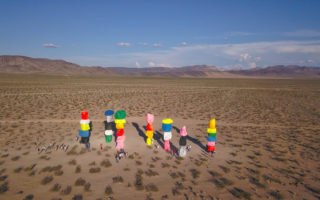





![Top-5 Best Places to visit in Belgium beyond Brussels [video included]](https://mikesroadtrip.com/wp-content/uploads/2020/07/Pin-6b.jpg)
![Top-10 Most Interesting Facts about Arizona [Video Included]](https://mikesroadtrip.com/wp-content/uploads/2020/07/Pin-2.jpg)





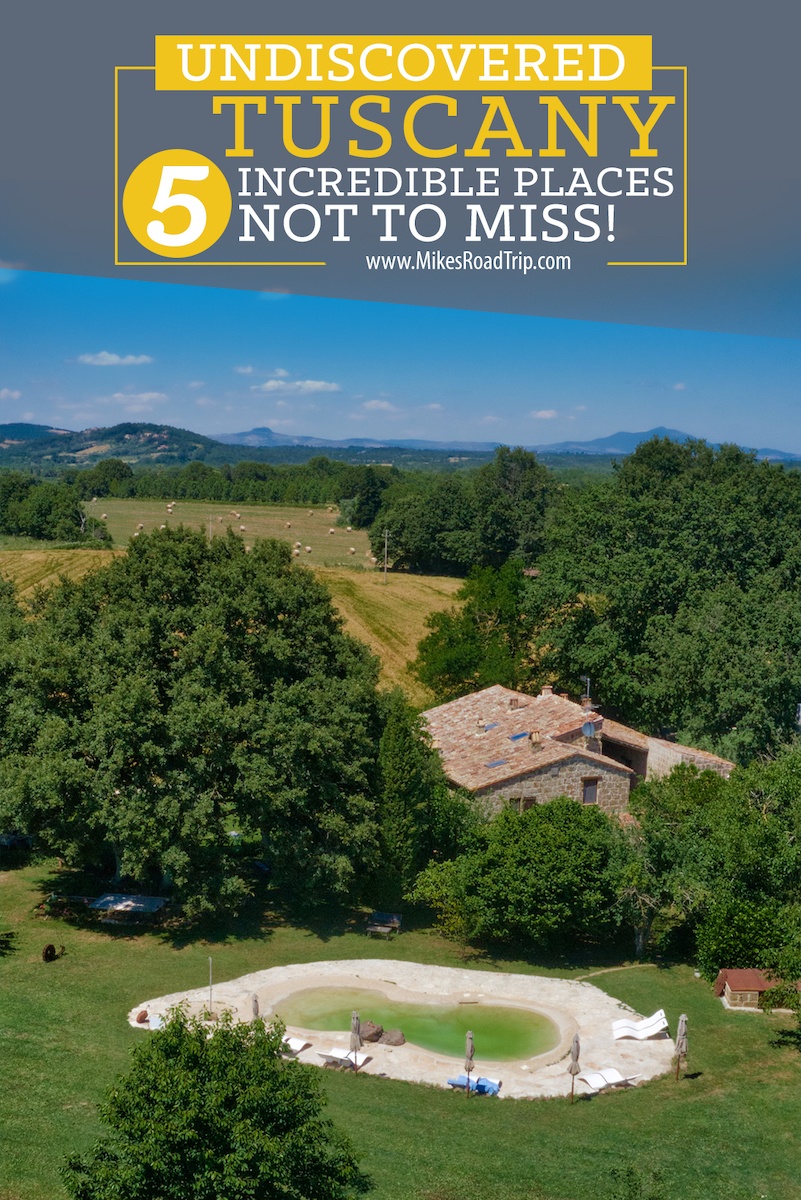
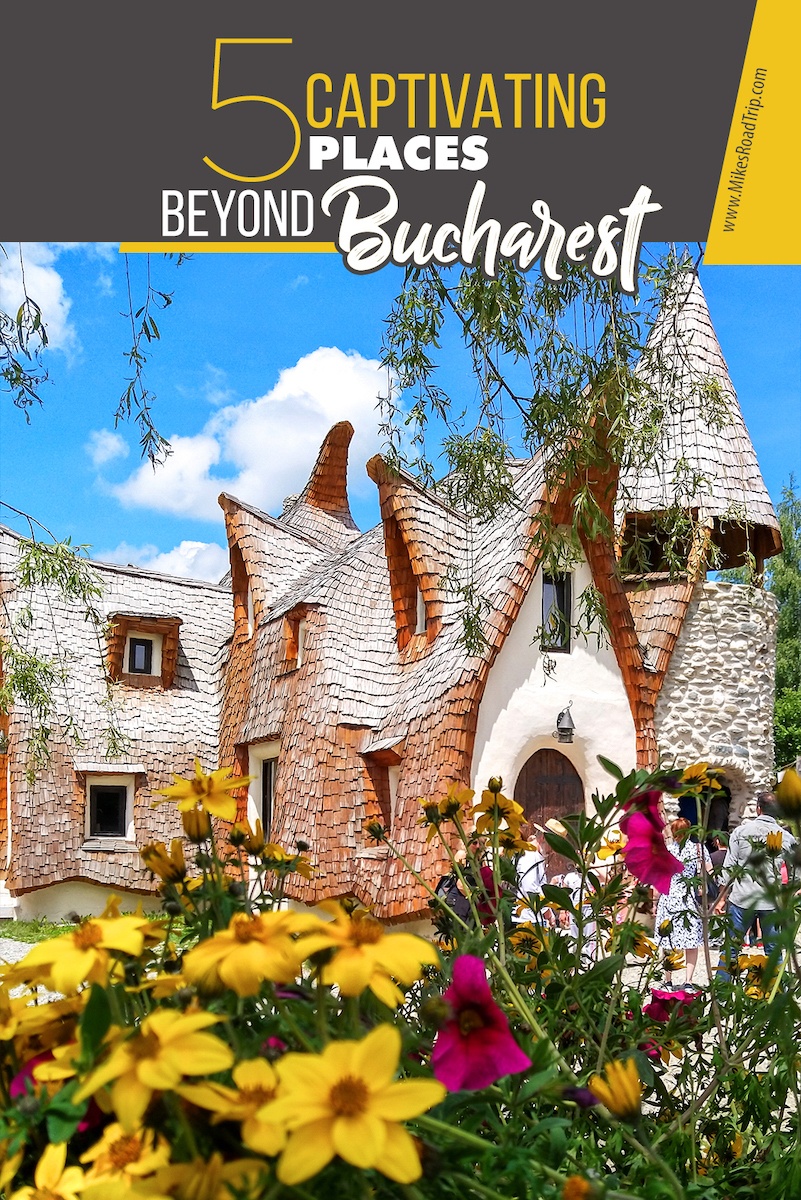









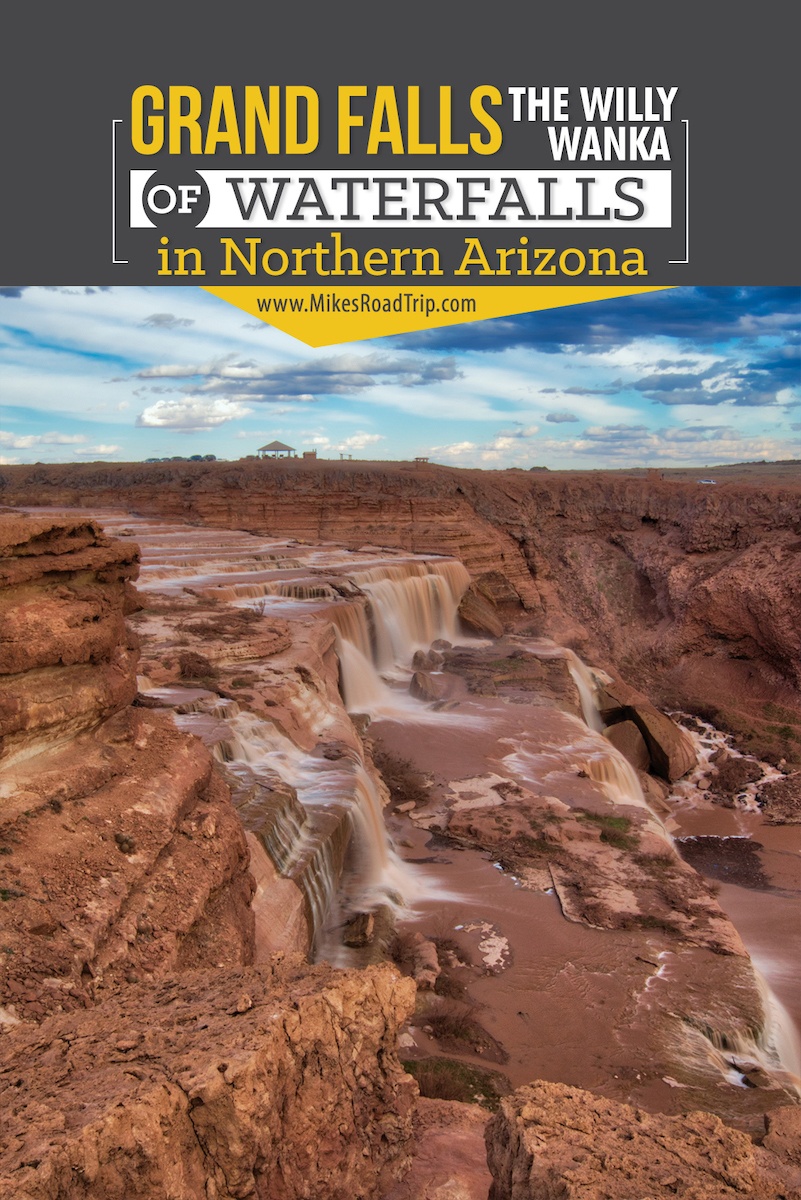






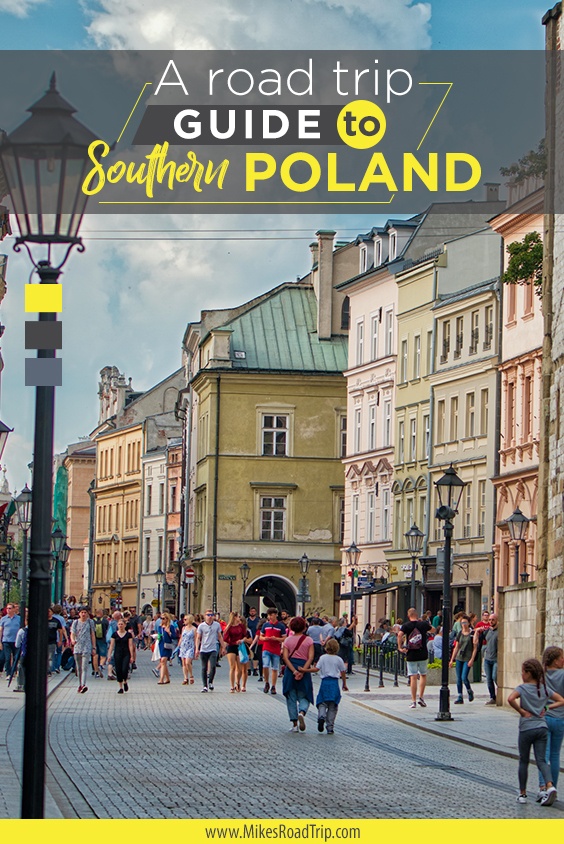
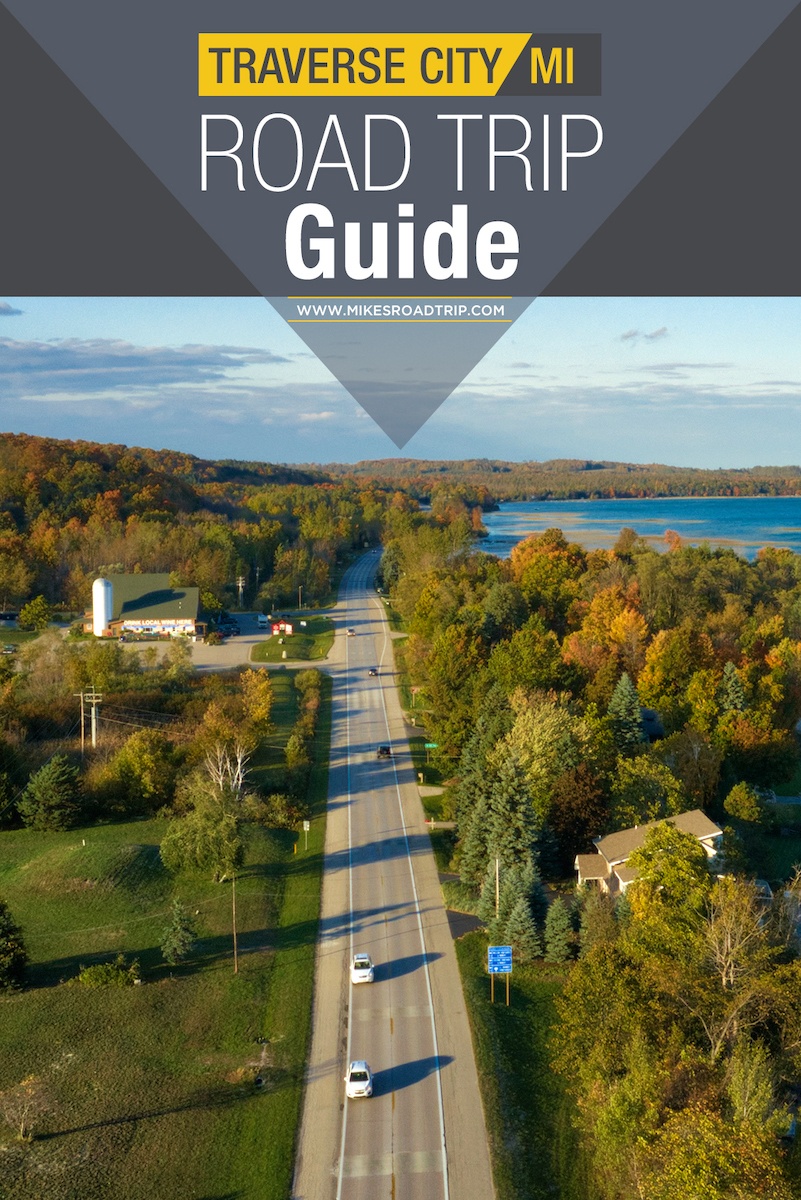






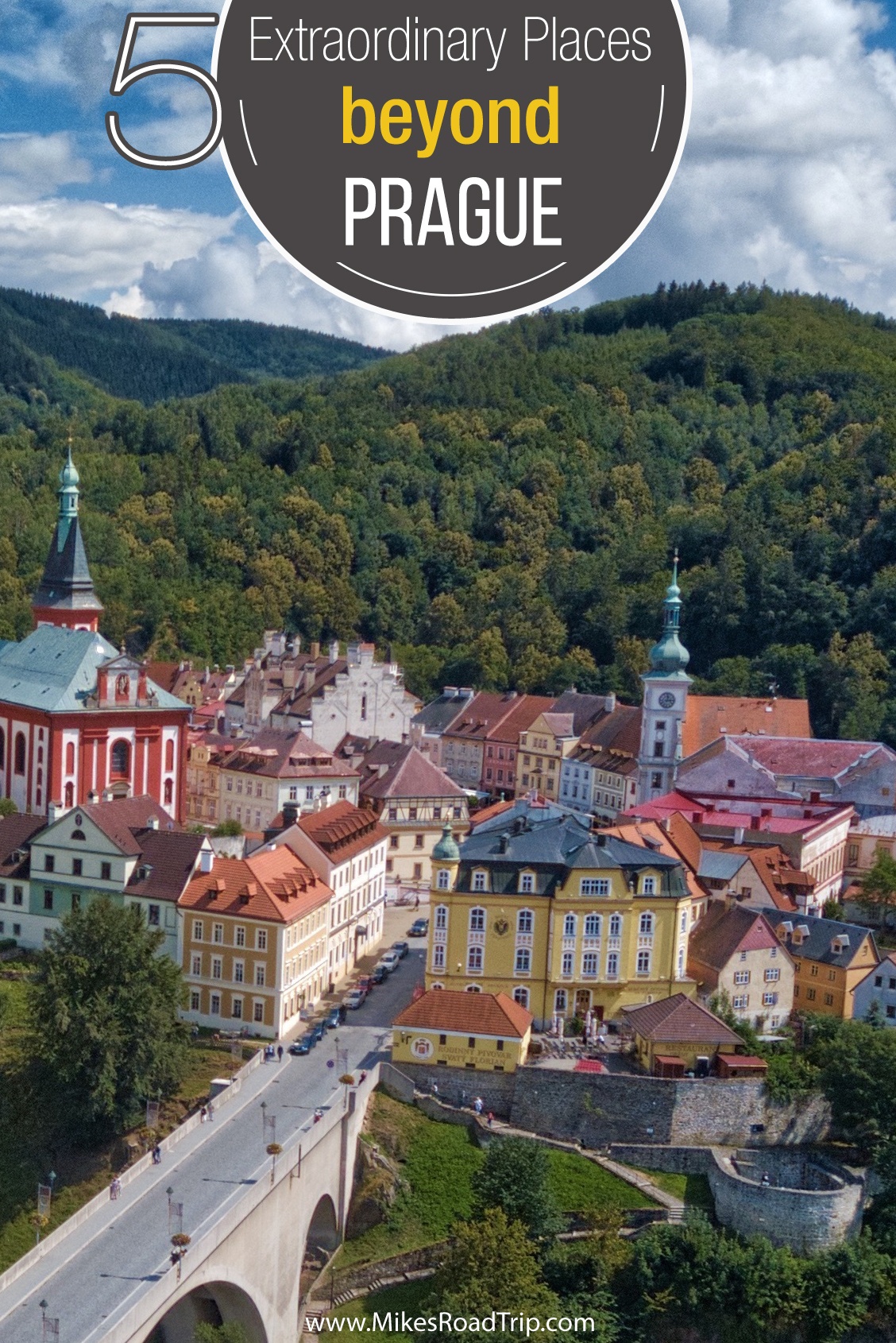

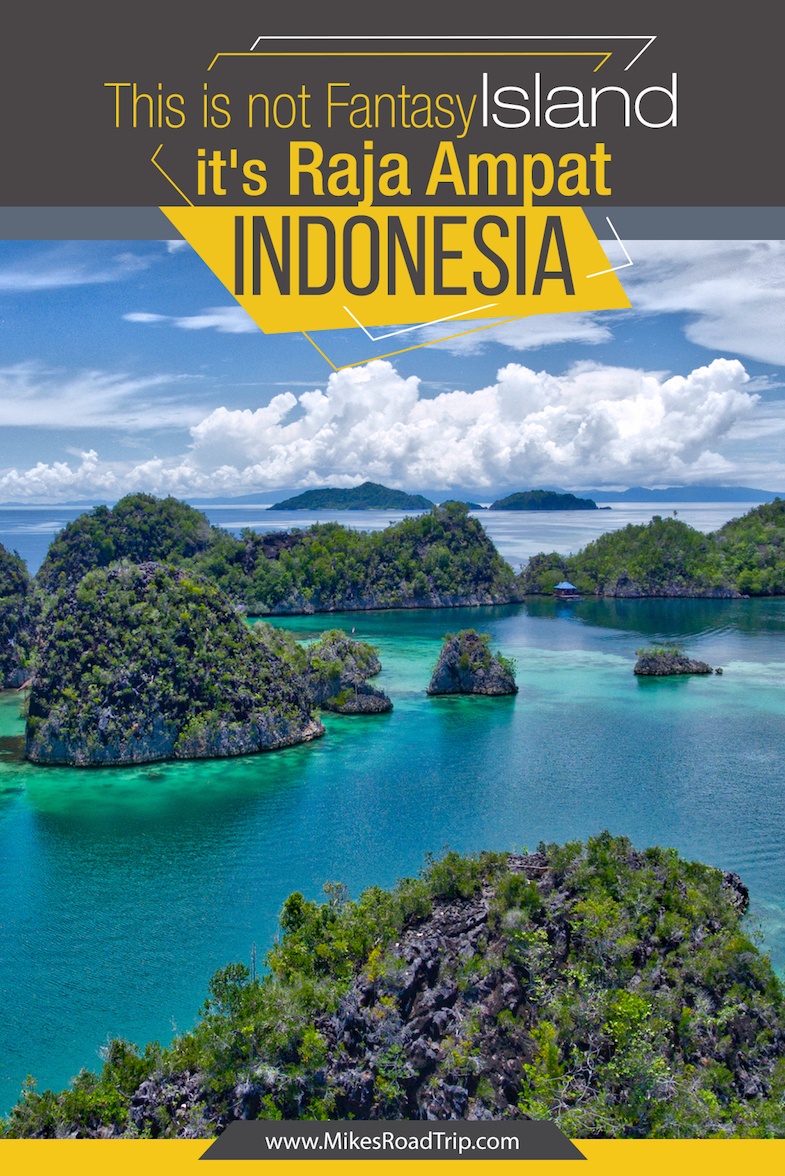
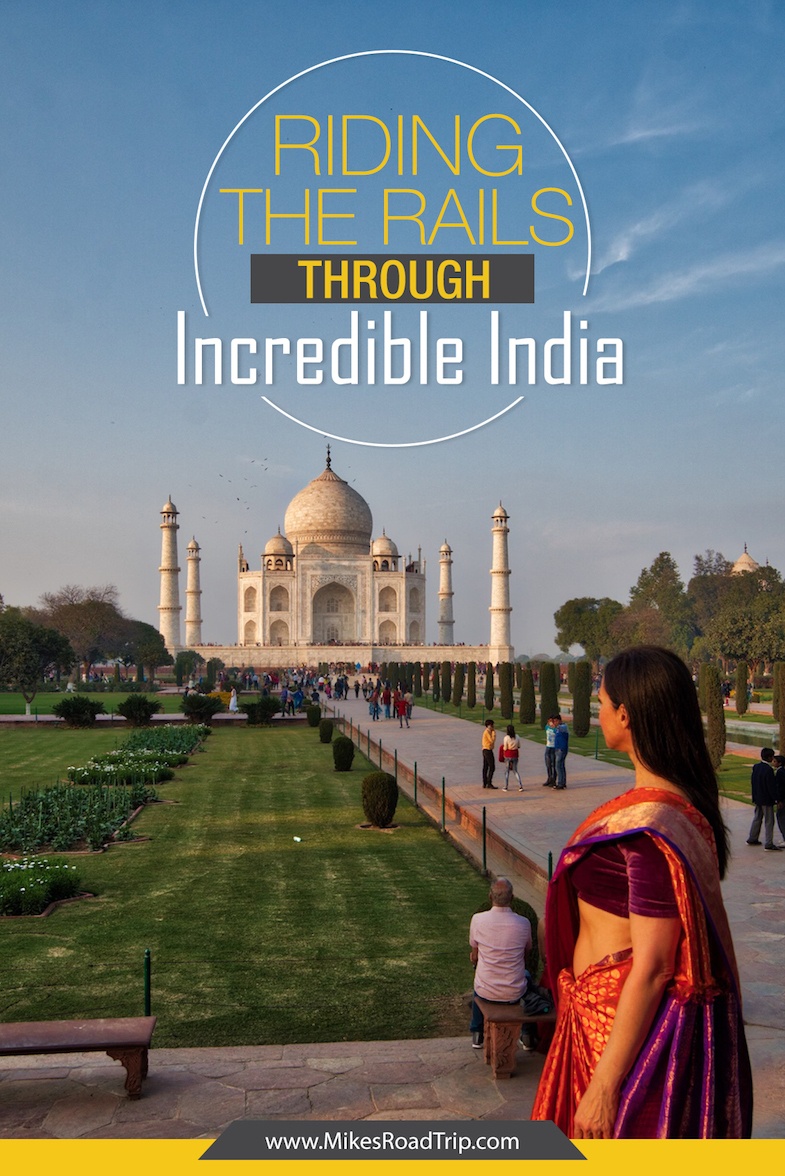
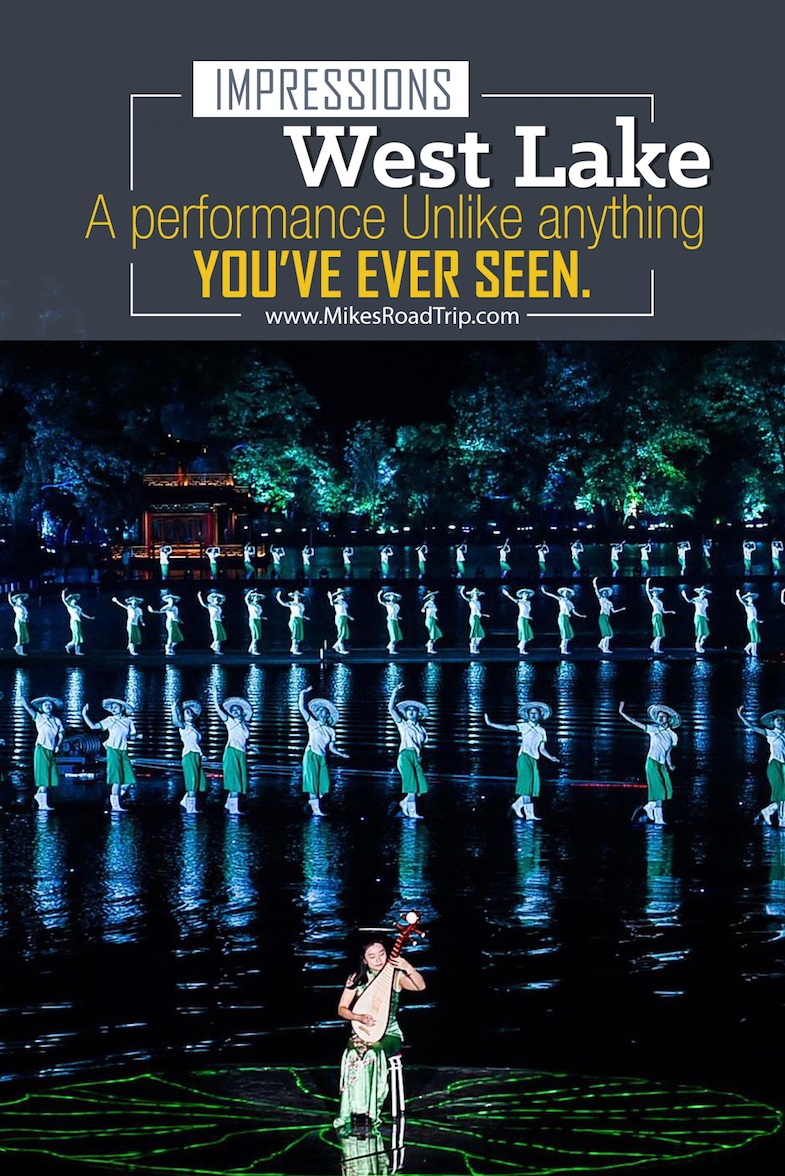

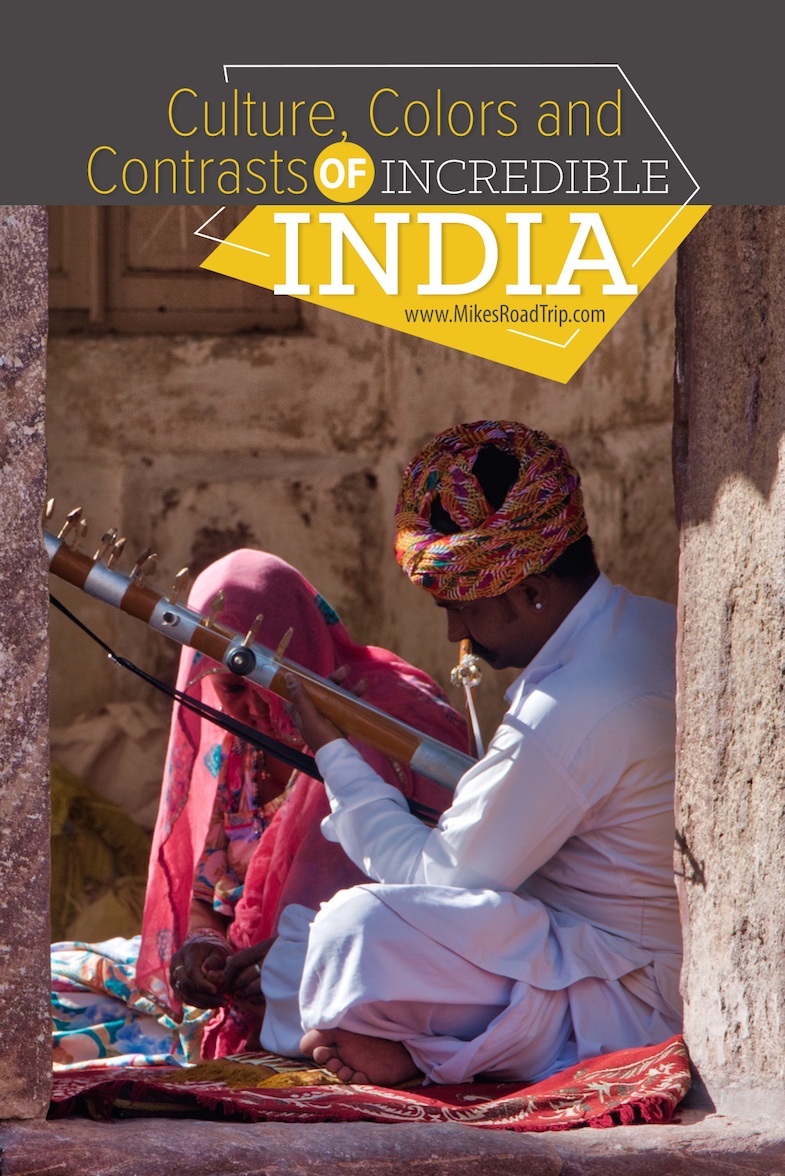
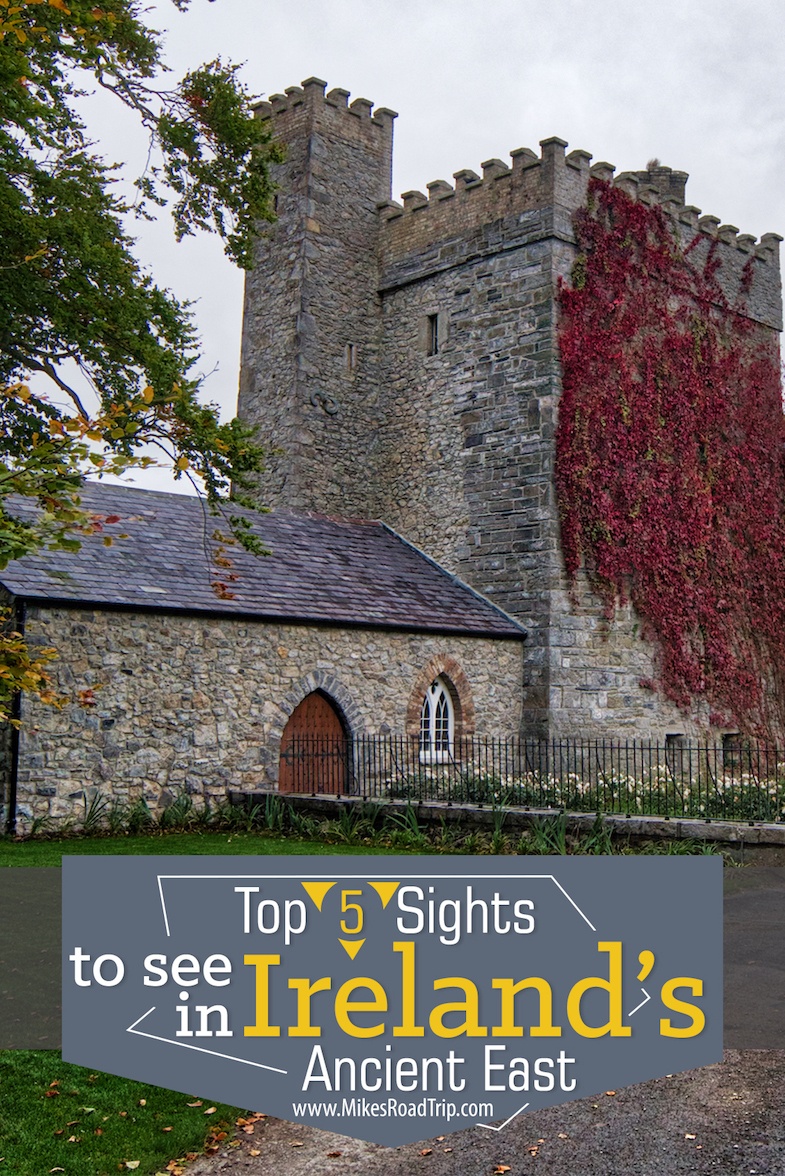

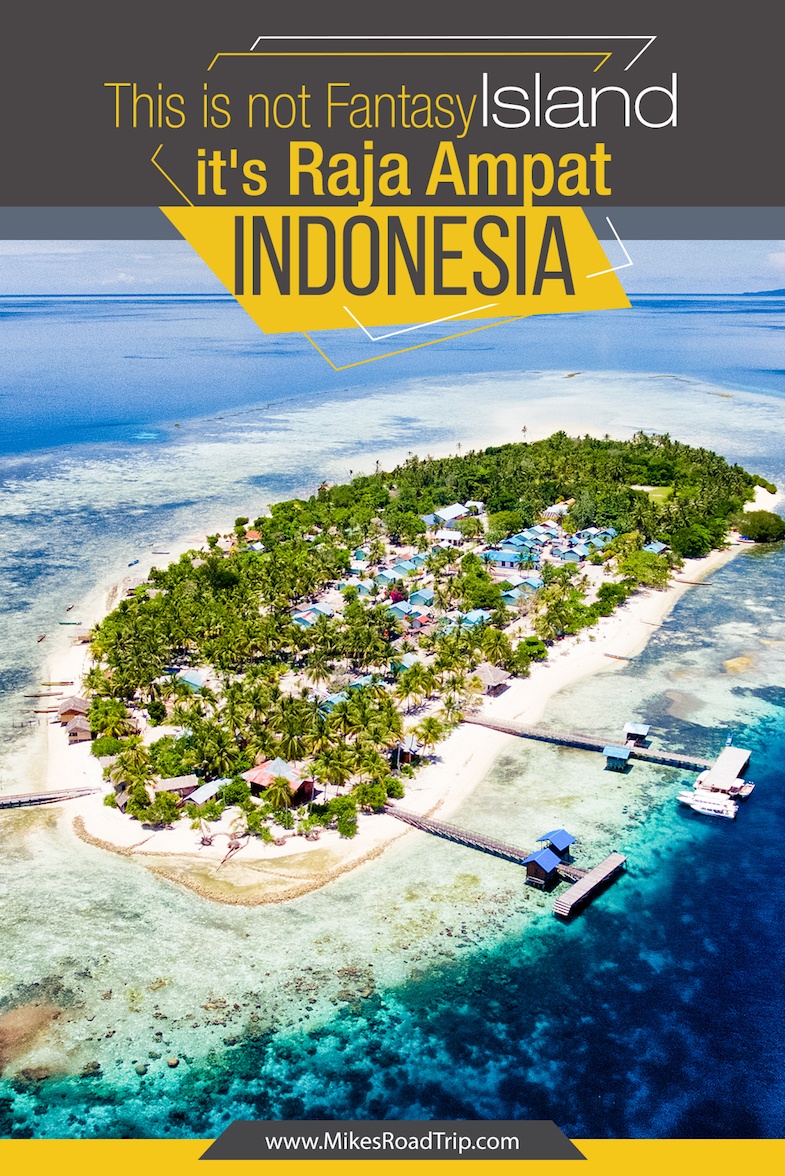












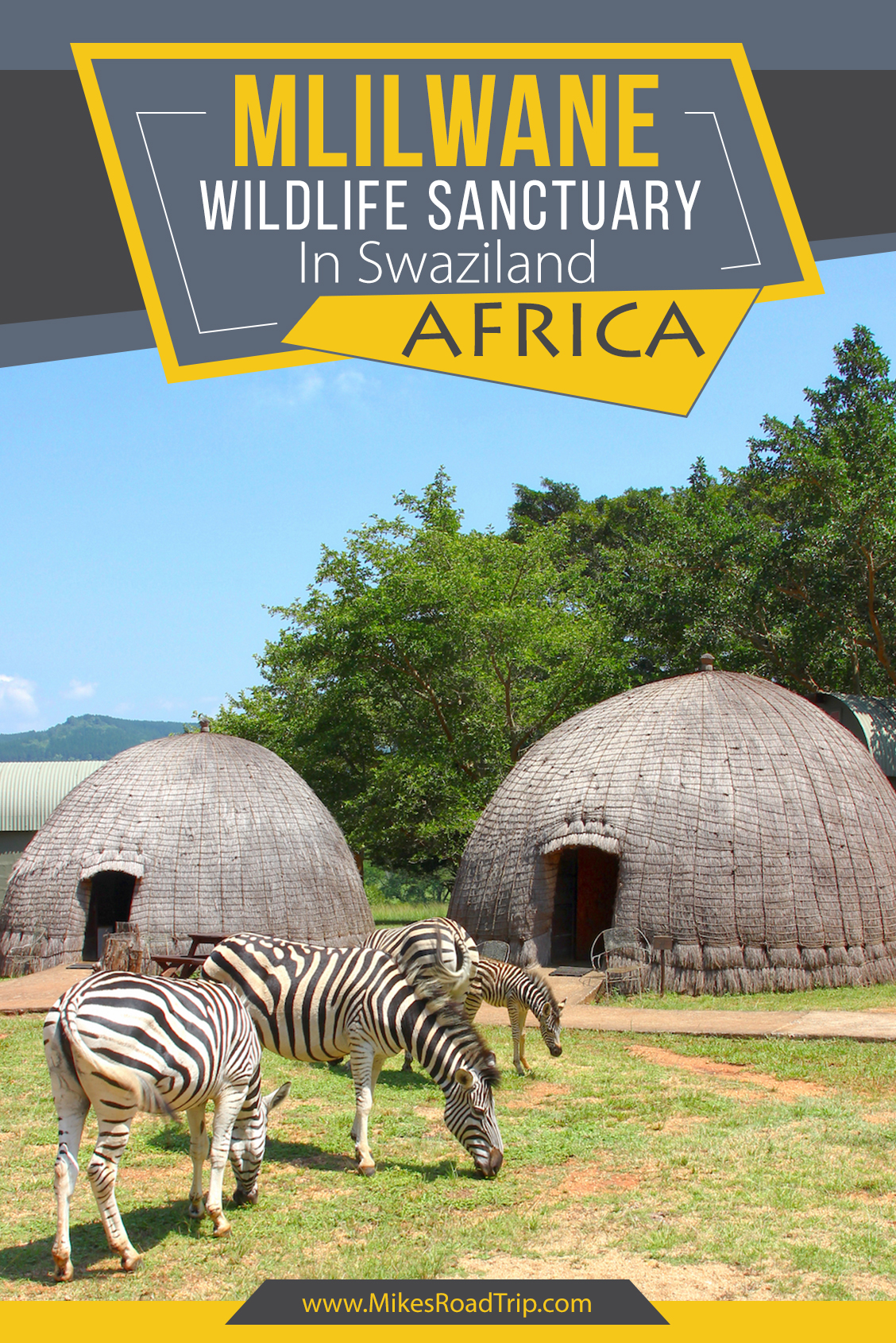




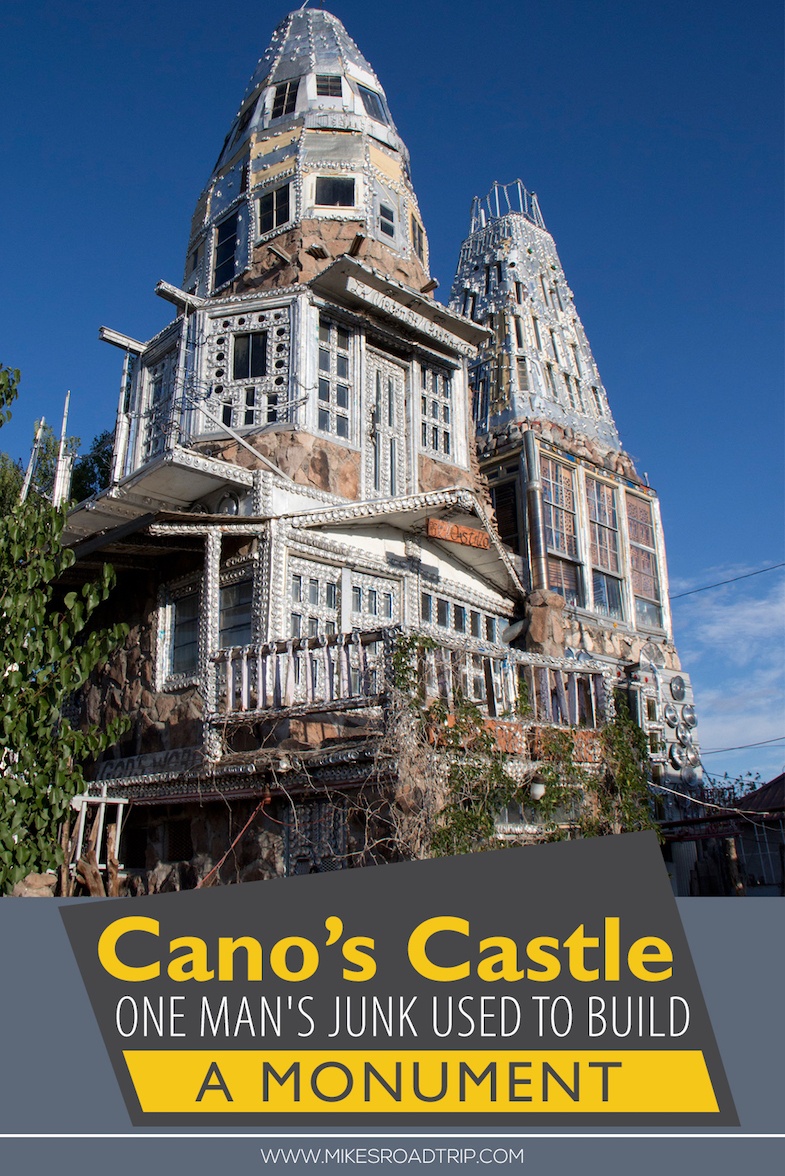
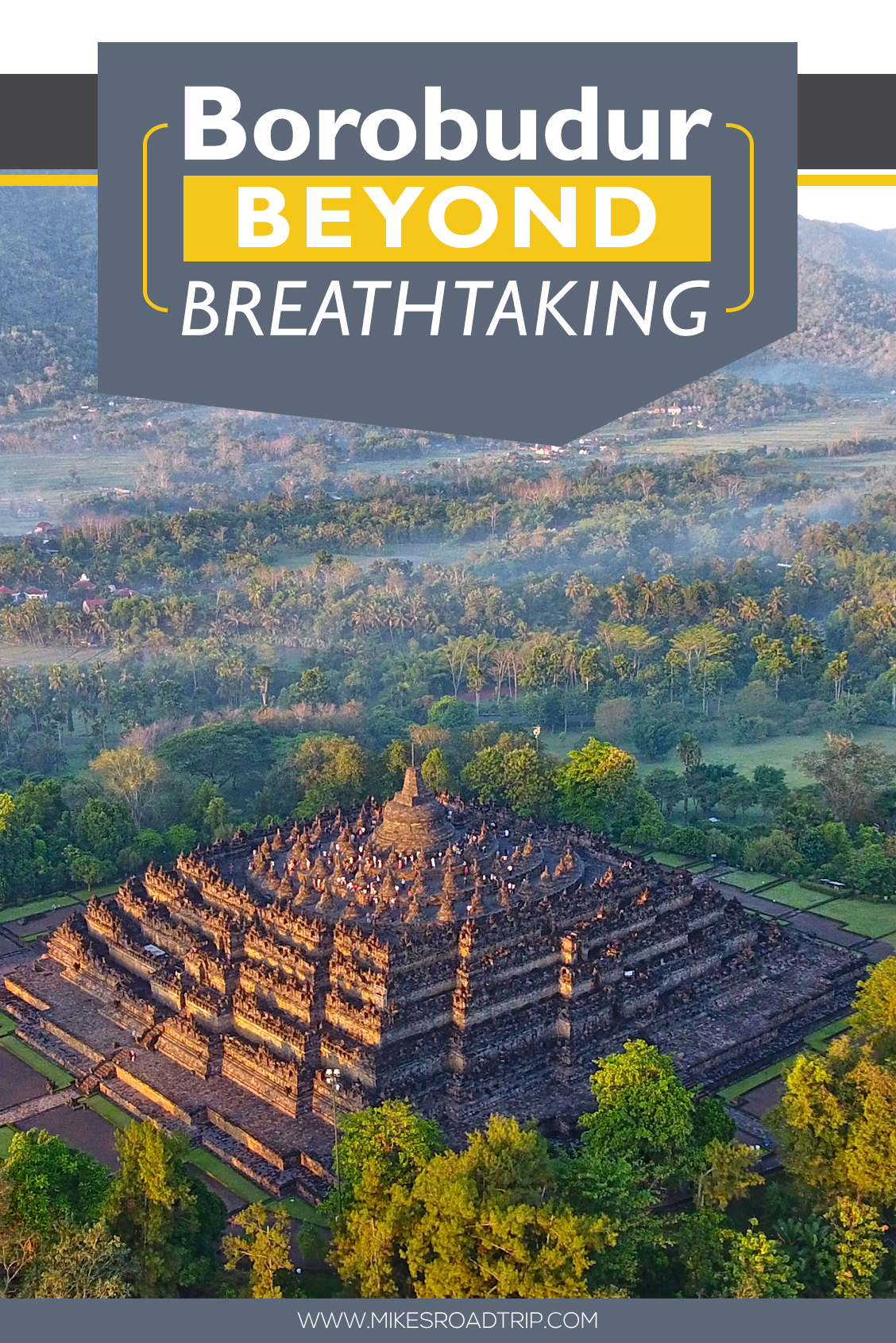
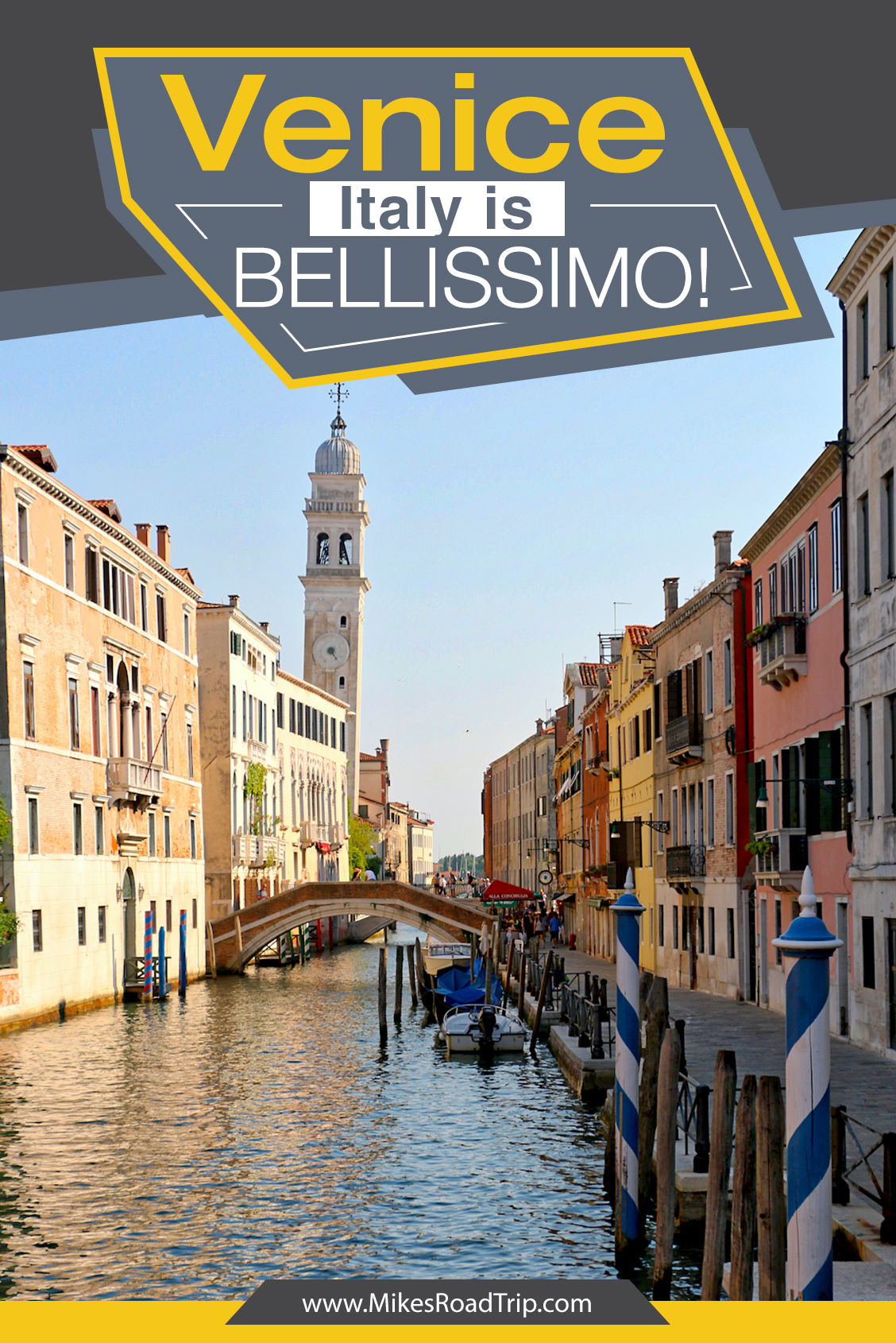

4 Comments
hi.
really nice article, very helpful.
here check this Java Volcano Tour bromotourpackages.net/java-volcano-tour there is some place you can visit after Prambanan.
thanks
Thank you. And thanks for the suggestion.
Hi,
Nice information, very helpful! Indonesia has many beautiful places.
thank you 🙂
Thanks for stopping by. Glad to be of help. Thanks for the info. Cheers!